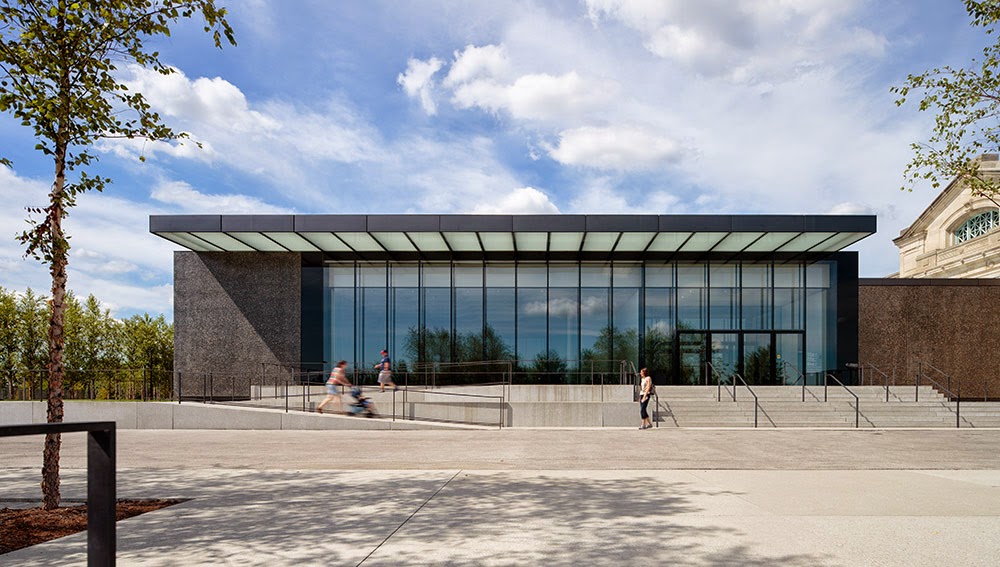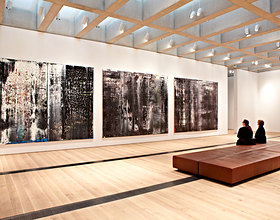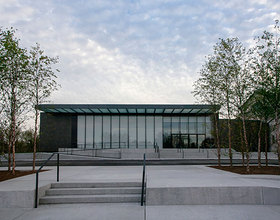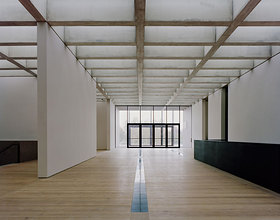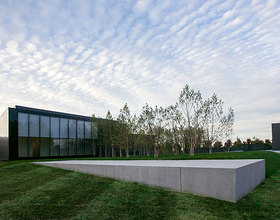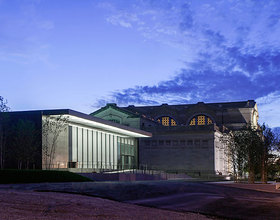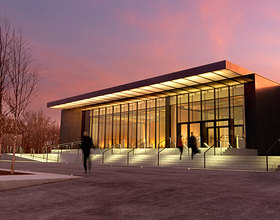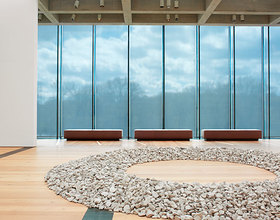SAINT LOUIS ART MUSEUM
-
Saint Louis Art Museum is home to one of the most comprehensive art collections in the US and is located in the city’s recently restored Forest Park. The original and main building designed by Cass Gilbert was built as one of the exhibition pavilions for the St. Louis World’s Fair, held in 1904. Five years later it became the new home for the city’s art collection and was renamed the City Art Museum. The first significant extension was added in the 1950s to house an auditorium, and in 1972 the museum was rechristened the Saint Louis Art Museum. Further space was added in 1980 for administrative purposes, with an underground conservation department following in 1985. Several renovations to the wings and central hall of the Cass Gilbert building were undertaken around this time. Significant growth in the collection over recent years, combined with the ever-growing size of contemporary artworks and the need for increased parking provision below ground as part of the park’s restoration, led to a major new commission to improve the museum.
The new building – the East Building – respects the position of the Cass Gilbert original as the focal point in the park, and sits on a low plinth that reconciles the surrounding topography of the park while also aligning its internal level to the main floor of the Gilbert building, facilitating a seamless transition between old and new. It also establishes two connections through existing south-east and south-west doorways at this unifying level, respecting the existing axiality. The East Building accommodates the museum’s modern and contemporary art collection, together with temporary exhibition spaces, a new museum shop and a significant dining space. Four large floor-to-ceiling windows provide views towards the Grand Basin, the park and the newly landscaped garden. This landscaping is an important aspect of the project and features a new arrival, a forecourt and sculpture gardens that blend into Forest Park. The façades are panelled with dark concrete containing local aggregates that are cast and polished on site, lending the pavilion a solid presence among the trees.
The pavilion is topped with a concrete coffered ceiling spanning the entire space. In addition to its role as a structural grid, it modulates and filters daylight into the spaces. The system works as a result of the depth and colour of the coffers and the layering of materials in between: translucent glass on top and a multi-layered light diffuser below. The distance between the artefact and the light source is crucial, and is factored in to the height of the internal space; the gradual oscillation of daylight creates spaces with a distinct character. The coffered ceiling articulates a strong material presence and allows for the internal walls to be relocated according to the module of the grid, creating a degree of flexibility for the arrangement of the galleries. The thresholds between the gallery spaces are defined by the absence of wall rather than doorways, allowing for long views through the galleries and out to the landscape beyond.
Photo credits: Jacob Sharp, Simon Menges.
1870 Projects

